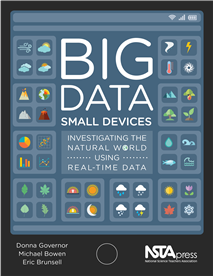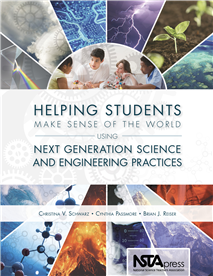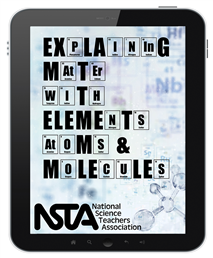All Resources
Book Chapter
In this lesson, students will illustrate and compare the patterns of day and night across the globe during different seasons. Disciplinary core ideas covered are Earth and the solar system and Earth’s systems. Tips for scaling down, scaling up, and...
Book Chapter
In this lesson, students will discover what planets they can locate in the evening sky and where to find them. Disciplinary core ideas covered are Earth’s place in the universe. Tips for scaling down, scaling up, and extending the lesson are includ...
Book Chapter
In this lesson, students will examine the biotic and abiotic features necessary for survival of an organism by developing a plan to go into hiding for a year in a remote location that would provide the conditions to support life. Disciplinary core id...
Journal Article
Skynet Junior Scholars (SJS) is an online astronomy program that allows youth to conduct inquiry-based investigations. This article describes the SJS professional development model (SJS PD) that helps nonschool educators to work in the formal schoo...
By Kathryn Williamson, Sue Ann Heatherly, Vivian Hoette, Eva Erdosne Toth, and David Beer
Journal Article
Professional Development Disguised as Museum Outreach
Exploration Place shows how its educators embedded professional development into elementary classrooms in Wichita, Kansas. ...
By Jan Luth, Kimberly McDowell, and Laurel Zhang
Journal Article
Through a business funded collaborative, this Research Experience for Teachers program involves businesses, schools, and a museum to give teachers first-hand knowledge of what it’s like to do science in the corporate research world by giving them...
By Robert Payo and Meg John
Book Chapter
When it’s time for a game change, you need a guide to the new rules. Helping Students Make Sense of the World Using Next Generation Science and Engineering Practices provides a play-by-play understanding of the practices strand of A Framework for K...
Journal Article
Working Together for Test Success
Sky Ranch Outdoor Education program shows how it collaborates with formal educators to enhance student test scores and achieve its program outcomes. ...
By Dan Carpenter and Todd Witt
Interactive E-book
Explaining Matter with Elements, Atoms, and Molecules
The Explaining Matter With Elements, Atoms, and Molecules Interactive E-book explores the properties of substances and elements and examines the investigative evidence for the atoms and molecules that make up all matter. Certain properties can be use...
NSTA Press Book
Learning to Read the Earth and Sky: Explorations Supporting the NGSS, Grades 6–12
Is it time to refresh the way you think about teaching Earth science? Learning to Read the Earth and Sky is the multifaceted resource you need to bring authentic science—and enthusiasm—into your classroom. It offers inspiration for reaching beyon...
By Russ Colson, Mary Colson





